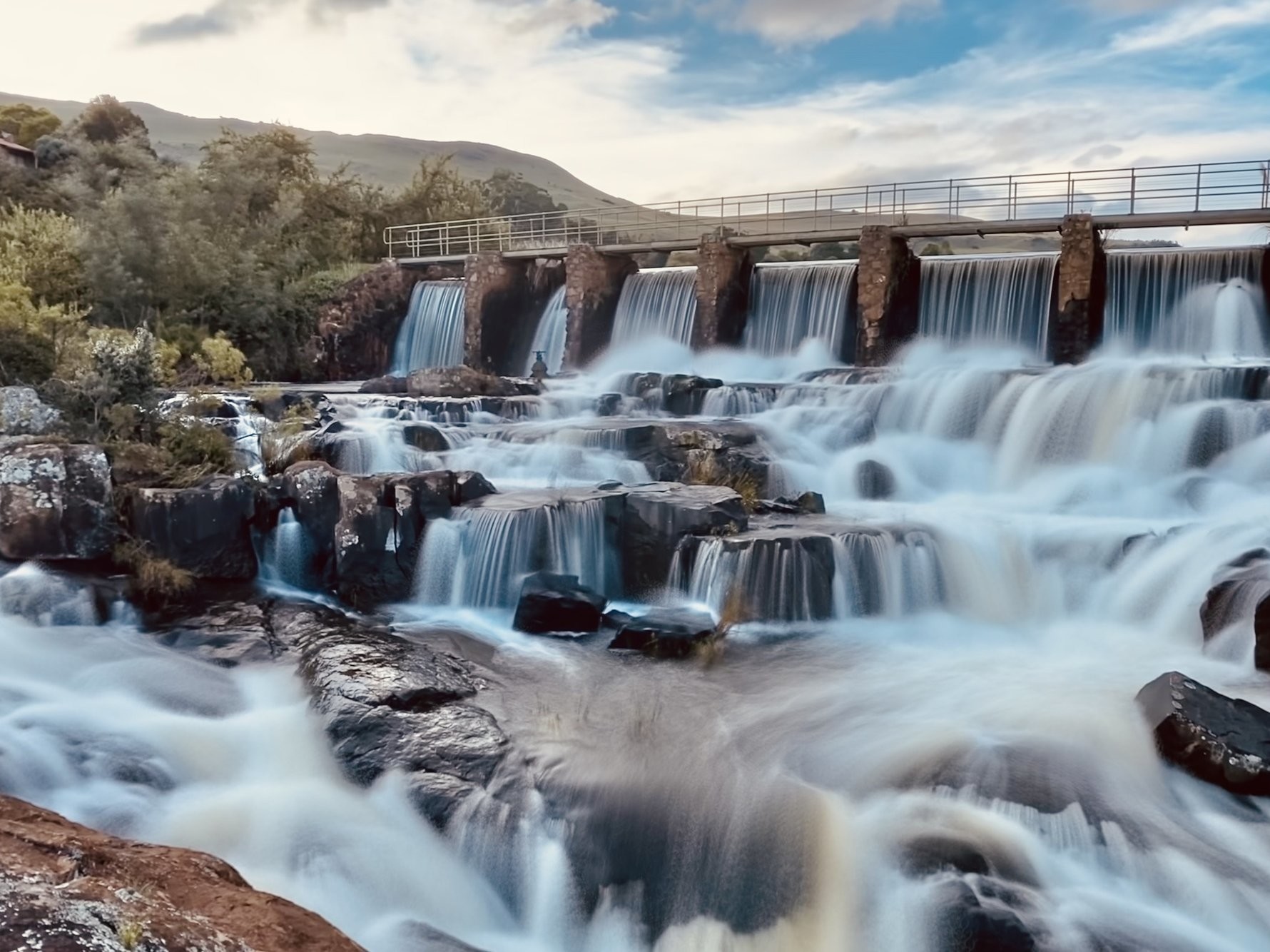5 Easy Facts About Johannesburg North Attractions Described
5 Easy Facts About Johannesburg North Attractions Described
Blog Article
Getting My Johannesburg North Attractions To Work
Table of ContentsTop Guidelines Of Johannesburg North AttractionsMore About Johannesburg North AttractionsJohannesburg North Attractions Can Be Fun For AnyoneThe smart Trick of Johannesburg North Attractions That Nobody is DiscussingWhat Does Johannesburg North Attractions Do?Johannesburg North Attractions - Truths
The city owes its area to the presence of a a lot more valuable source: gold. The city grew on the edge of the Witwatersrand Main Reef, a subterranean stratum of gold-bearing quartz-silica empire that arcs for hundreds of miles beneath the Highveld. Many of the gold mines in the city ceased procedure in the 1970s, yet in its day the Witwatersrand gold industry made up greater than 40 percent of the globe's annual gold manufacturing.Johannesburg has a temperate climate. Summer temperatures balance about 75 F (24 C); wintertime temperature levels average about 55 F (13 C) and only sometimes dip below cold. The city appreciates about eight hours of sunlight daily in both winter season and summer. Rain standards regarding 28 inches (700 millimetres) per year, but the overall varies substantially from year to year.
What rainfall the city gets falls virtually solely in the summer months, frequently in magnificent late-afternoon electrical tornados., where lots of citizens still rely on coal for gas.

What Does Johannesburg North Attractions Mean?
The equilibrium of the city is occupied by whites. Holiday accommodation differs in character and quality.
Physical development, although rather limited by transportation, proceeded rapidly as migration to South Africa, and Johannesburg specifically, increased substantially. This issue was resolved in the 1930s when the automobile was presented in mass manufacturing to South Africa. Autos were, essentially, confined to the wealthy, and permitted them to transfer to the north of the city and commute right into the centre.
Most bad suburban areas were combined, with bad blacks and whites living with each other, although the rich suburban areas were typically reserved for whites. This altered with the election of the National Celebration in the 1948 political elections, that started to formalise the system referred to as apartheid. Discrimination formally assigned which suburbs each race can live in under the Team Areas Act.
The previous system of eleven phoned number areas was reorganised in 2006. Marshalltown, as seen from the top of the Carlton Centre. The M1 and M2 run behind the buildings, and the southerly suburbs expand past the freeway border. The internal city of Johannesburg lies within the city's Area F. The approximated populace of the region is 200,000, [] however the variety of people staying in the inner city on an informal basis is unknown, as several are illegal aliens. The majority of higher-income citizens and white individuals have moved to the northern suburban areas and have actually been changed by lower-income black individuals. The unemployment, education, and age accounts of the area are all unidentified, as a result of the problem of getting trustworthy information concerning the area.
About Johannesburg North Attractions
Yeoville and Bellevue have a mix of apartment or condo buildings and single property units on tiny whole lots. The region lies on a hilly divide that ranges from east to west. The most conspicuous geographic attribute is Observatory Ridge, which is named for the big observatory situated on it. The recreational rooms are no more used, due to safety troubles.

The Of Johannesburg North Attractions
R. Tambo International Flight Terminal). The eastern residential areas are several of the earliest locations of Johannesburg, there are huge communities of Jewish and various other European histories, most of the populace is English talking. There are 3 golf links along with a number of secured ridges with viewsites. There are several well-developed and up-market entertainment and shopping locations in the east such as the Eastgate Mall and the Greenstone mall.
The area is mainly made up of old "matchbox" residences, or four-room homes built by the federal government, that were developed to give inexpensive holiday accommodation for black employees throughout racism. Soweto is an acronym, standing for "South Western Townships". Road after road in this location is lined with matchboxes; nevertheless, there are a couple of smaller sized locations you could try here where prosperous Sowetans have developed homes that are much more similar in stature with those in even more affluent suburban areas.
Hostels are another famous physical function of Soweto. Originally constructed to house male migrant employees, many have actually been improved as dwellings for pairs and family members. The N1 Western Bypass skirts the eastern border of Soweto. The residential area was not historically enabled to develop employment centres within the area, so nearly all of its locals are travelers to various other components of the city.
Johannesburg North Attractions for Dummies
The N1 Western Bypass connects the north residential areas with the north-western suburbs. The suburbs in the northern suburban click reference areas are generally official, without considerable areas of casual real estate, or housing that lacks a long-term structure. This is an established area, there is a pattern of land use modification from residential to industrial, especially along major arterial roadways and around established nodes.
The location is well linked check out here to road networks, specifically along the north-south axis formed by the M1 and N1. Roadways to the east and west are less well developed, as there are no highways taking a trip in that direction. In the direction of the northern border of the city, the density of growth reduces, leaving large areas of undeveloped land around Midrand.
The Johannesburg North Attractions PDFs
, which is situated on a hillside forgeting the inner city and Hillbrow.
Report this page